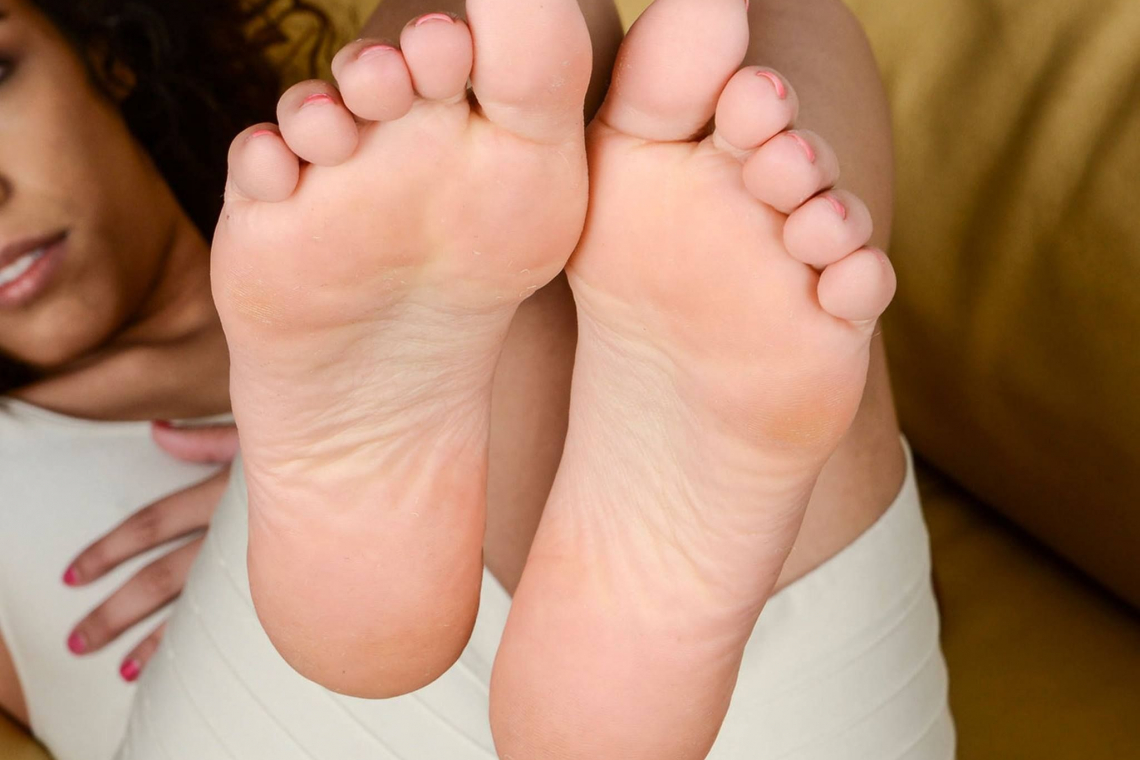Author: Colin Michie FRCPCH FRSPH FLS
How well do you know your feet? Here is a quick trick that may surprise you – it works even if you are not a brilliant footballer! While seated, make your right foot move in little clockwise circles in the air. Using your right hand, now draw the figure 6 in the air. Did your foot change direction? Why? Try this exercise again, but draw the figure in the air with your left hand. This trick shows that your brain controls foot movements on the quiet, without your knowing...
Leonardo da Vinci referred to feet as being masterpieces of engineering and works of art. Yet, regrettably, large numbers of us might disagree. We are challenged by foot design or performance. What about flat arches, blisters, bunions, corns, dry skin, heel pain, toe pains, in-growing nails, nail infections, athletes foot, veruccas or stress fractures? And that is before we get to those whose feet become involved with problems such as diabetes, arthritis or gout. Feet can be troublesome.
Feet play a crucial role in our activities from our first steps. Toddlers have little coordination, putting their weight onto limbs that rush forward in a wide-based, flat-footed, hopeful gait. With growth into an upright posture, a child develops a more level gait. Their soft, elastic feet slowly change shape, developing arches from side to side and back to front. Foot remodelling continues to ensure a spring in our step and a smooth powerful gait.
But life might not be easy for feet. Most of us have one foot that is a little larger, possibly broader, maybe more skilled than the other. Looking at your toes, is your great toe the longer, or is it perhaps the second one? Much superstition revolves around this! Then there are the gaps between your toes, which we know differ between each foot and those of others. So when we have to wear industrially produced symmetrical footwear, it is highly unlikely both feet will be treated equally. Traditions and fashions in shoes can magnify these woes, giving rise to a great deal of foot damage. This ranges from the extremes of feet bound because of some cultural commandment, to disorders caused by poorly fitting, squeezing footwear.
Our feet are distant from our hearts. Good blood circulation down there, with a rich supply of oxygen and micronutrients, is important. Shortages of several vitamins and zinc can show in the way skin and the longer nerves behave in our feet. Blood pumping through arteries and veins in the muscles of the legs and feet is efficient. But blood flow is greatly reduced by a common disease – sitting, or physical inactivity. Conditions such as diabetes or atherosclerosis can reduce blood flow into the foot too, by over 90%. Poor circulation makes the feet cold to touch. Gangrene can start quietly in severe cases. Beware of toes that are pale, bluish or reddened, or if the nails become rounded. Sores or ulcers develop from poor blood supply or trauma. Foot ulcers can be slow to heal. A single grim statistic should guide us all – diabetes is the most common reason for the amputation of toes, feet and lower limbs. Exercising our feet is something we could all probably do more often, without losing breath.
Feet (and footwear!) can have a strong smell – bromodosis. Sometimes cheesy, vinegary, cabbage-like or just plain sweaty. This odour may be antisocial in a gym or crowded room. Sweat, dead skin cells and millions of microorganisms that live between the toes and in nailbeds are the culprits. We are never alone: viruses, bacteria, fungi and sometimes algae can be found on all our feet. Several drive fermentation that releases malodorous, funky metabolites. Tropical climates, occlusive footwear and athletic activities make this worse. We can share many of these wee friends with others, particularly in contact sports or in shared facilities such as showers, where moisture aids the spread of organisms and spores.
Microscopic body squabbles and power games are poorly understood. The health of our skin requires some of these critters, but not too many. Large numbers of micro-organisms can generate foot jungles that make skin-breakdown a problem, causing infections to spread. So feet should be washed regularly, socks changed and toes kept dry. This keeps bug numbers under control, stops fungi growing on nails and protects fellow foot communities. Many and varied religious observations of foot washing, such as maundy and wudu, probably have their roots in such practices. St. Martiners know too that natural therapies with aloes, ginger or mustard and essential oils such as eucalyptus, neem or tulsi can all promote healing, better circulation and reduce olfactory assaults from your feet. A stroll in soft sand and Caribbean sunlight is beneficial too for many reasons, but avoid trauma!
Feet give you your dance, your gait, drive and speed. Your first steps of 2021 could be a pilgrimage to care for them. Take 2021 feet first.







